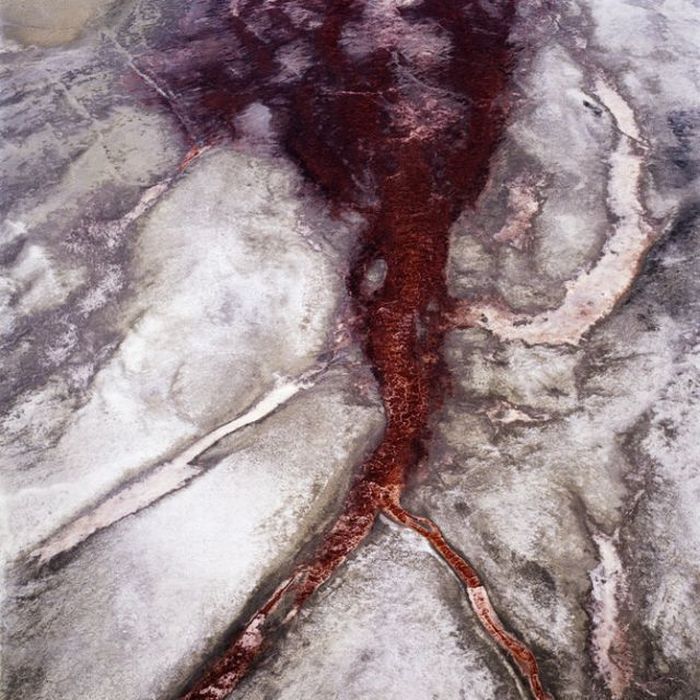|
|
Earth From Space
|
Outer space (often simply called space) is the void that exists beyond any celestial body including the Earth. It is not completely empty (i.e. a perfect vacuum), but contains a low density of particles, predominantly hydrogen plasma, as well as electromagnetic radiation, magnetic fields, and neutrinos. Theoretically, it also contains dark matter and dark energy.
Discovery
In 350 BC, Greek philosopher Aristotle suggested that nature abhors a vacuum, a principle that became known as the horror vacui. Based on this idea that a vacuum could not exist, it was widely held for many centuries that space could not be empty. As late as the seventeenth century, the French philosopher René Descartes argued that the entirety of space must be filled. It became known to Galileo Galilei that air had weight and so was subject to gravity. He also demonstrated that there was an established force that resisted the formation of a vacuum. However, it would remain for his pupil Evangelista Torricelli to create an apparatus that would produce a vacuum. At the time this experiment created a scientific sensation in Europe. The French mathematician Blaise Pascal reasoned that if the column of mercury was suspended by air then the column ought to be shorter at higher altitude. His brother in law, Florin Périer, repeated the experiment on the Puy-de-Dôme mountain in central France and found that the column was shorter by three inches. This decrease in pressure was further demonstrated by carrying a half-full balloon up a mountain and watching it gradually inflate, then deflate upon descent. These and other experiments were used to overthrow the principle of horror vacui.
|
|









